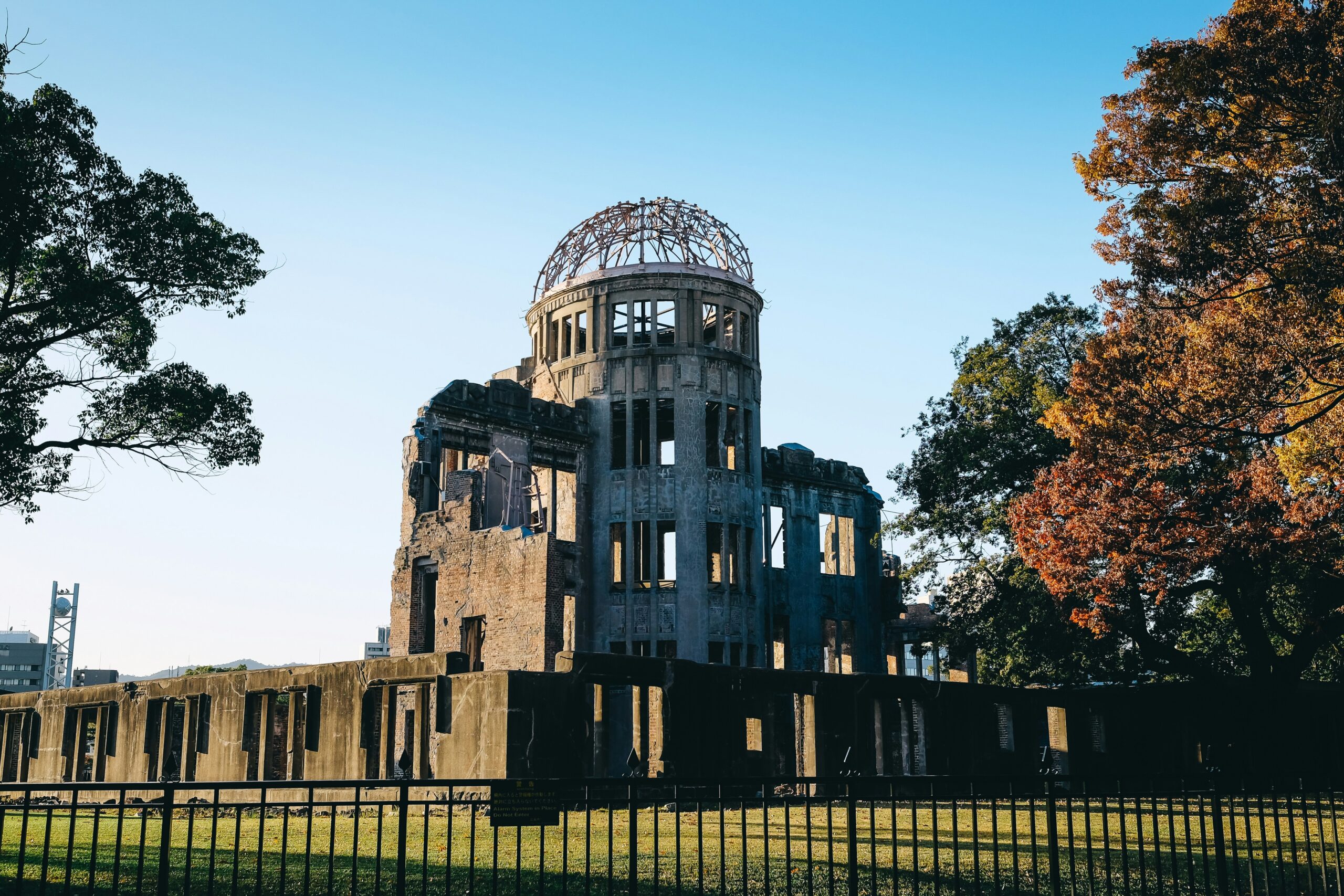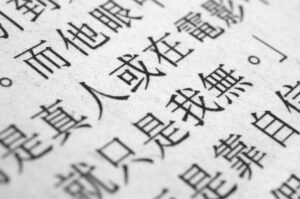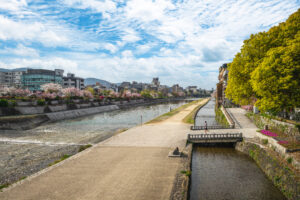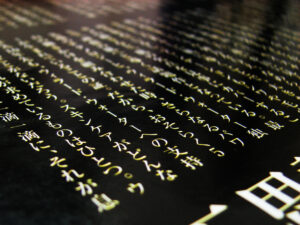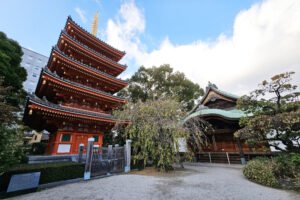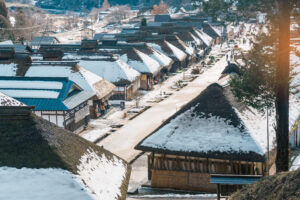In the closing days of World War II, humanity entered a new and terrifying era—the Atomic Age—with the bombings of Hiroshima and Nagasaki. These cataclysmic events not only brought an end to the deadliest conflict in human history but also left a legacy that the world is still grappling with today. The immediate devastation, the long-term consequences for the survivors, and the ongoing threat of nuclear warfare have become deeply embedded in global consciousness. This article explores the echoes of the Atomic Age, tracing the impact of the bombings from the moment they happened through to their enduring legacy in our world.
1. Dawn of the Atomic Age: A Grim Reality
On a quiet morning in August 1945, the world unknowingly stood on the cusp of a new era. With the deployment of atomic bombs on Hiroshima and Nagasaki, humanity unleashed a power capable of unparalleled destruction. The Atomic Age was born not out of a triumph of scientific achievement, but from the grim reality of war. These bombings represented the first and only use of nuclear weapons in conflict, highlighting the stark juxtaposition between scientific progress and its potential for devastation. The immediate aftermath left cities in ruins, tens of thousands dead, and the world in shock at the destructive capability of atomic energy. It was a sobering introduction to the nuclear era, marking a moment in time that would forever alter the course of human history.
2. Hiroshima: The Day the World Changed Forever
On August 6, 1945, Hiroshima became the first city in history to be targeted by a nuclear weapon. At 8:15 AM local time, an atomic bomb codenamed "Little Boy" was dropped by the American B-29 bomber Enola Gay, unleashing a blast that instantaneously obliterated the city. Buildings were flattened, fires raged uncontrollably, and an estimated 70,000 people were killed instantly, with tens of thousands more succumbing to injuries and radiation sickness in the weeks and months that followed. The attack on Hiroshima was not just a military strike but a moment that changed the world forever, demonstrating the horrifying capabilities of nuclear weaponry and setting the stage for an arms race that would dominate global politics for decades.
3. Nagasaki: Tragedy Strikes Again
Just three days after the devastation in Hiroshima, on August 9, 1945, a second atomic bomb, codenamed "Fat Man," was dropped on the city of Nagasaki. Unlike Hiroshima, Nagasaki was not the intended target but a secondary choice due to poor weather conditions over the primary target, Kokura. The bomb exploded over Nagasaki’s Urakami Valley, instantly killing approximately 40,000 people and eventually claiming the lives of thousands more from radiation exposure and injuries. This second bombing underscored the sheer destructiveness of atomic weapons and added another layer to the unfolding tragedy of the Atomic Age.
4. Eyewitness Accounts: Survivors Speak
In the aftermath of the bombings, the stories of survivors, known as Hibakusha, became a powerful testament to the human cost of nuclear warfare. Their accounts offer heart-wrenching insights into the chaos, suffering, and loss experienced on those fateful days. Survivors speak of unimaginable destruction, the agony of losing loved ones, and the long-term effects of radiation exposure, including cancer and chronic illness. These personal narratives have played a crucial role in anti-nuclear advocacy, reminding the world of the catastrophic consequences of using nuclear weapons and the importance of striving for peace.
5. The Science Behind the Devastation
The bombings of Hiroshima and Nagasaki demonstrated the destructive power of nuclear fission. When an atomic bomb explodes, it releases an immense amount of energy in the form of blast heat and radiation. The initial blast creates a fireball and shockwave powerful enough to demolish buildings and incinerate anything in its immediate vicinity. Following the blast, radioactive fallout spreads, posing long-term health risks to those exposed. The science behind the devastation is a stark reminder of the potential consequences of nuclear energy when harnessed for destructive purposes, highlighting the importance of ethical considerations in scientific research.
6. Global Reaction: Horror and Condemnation
The bombings of Hiroshima and Nagasaki elicited a global reaction of horror and condemnation. While some viewed the bombings as a necessary evil to end World War II, many others were appalled by the loss of civilian life and the ethical implications of utilizing such weapons. International leaders, scientists, and citizens voiced their opposition, sparking debates about the morality of nuclear warfare that continue to this day. The events catalyzed efforts to control nuclear arms, leading to treaties and international agreements aimed at preventing the proliferation of nuclear weapons and ensuring that such destruction would never be repeated.
7. The Human Cost: Lives Forever Altered
The human cost of the bombings extends far beyond the initial death toll. Survivors faced a lifetime of physical and psychological scars. Burns, disfigurements, and radiation-related illnesses became part of the daily lives of those who lived through the attacks, while the psychological trauma of experiencing such catastrophic events lingered. Families were torn apart, with many losing relatives, friends, and their entire communities. The generational impact of these bombings is profound, with children and grandchildren of survivors experiencing health and social repercussions. The legacy of those lost and the suffering of survivors serve as a poignant reminder of the need for peace and disarmament.
8. Rebuilding from Ashes: Hiroshima and Nagasaki Today
Today, Hiroshima and Nagasaki stand as vibrant cities, having rebuilt from the ashes of their atomic past. Memorials, museums, and peace parks in both cities serve as reminders of the tragedies they endured and as symbols of hope for a peaceful future. These sites are dedicated to the memory of the victims and to educating visitors about the horrors of nuclear weapons, fostering a commitment to peace and disarmament. The resilience of these cities and their inhabitants exemplifies the human capacity for recovery and the determination to transform sites of unspeakable destruction into beacons of hope and peace.
9. The Nuclear Arms Race: A Dangerous Legacy
The bombings of Hiroshima and Nagasaki triggered the start of a global nuclear arms race during the Cold War era, as countries sought to develop their own nuclear capabilities for deterrence and power. This proliferation of nuclear weapons created a precarious global security environment, with the threat of nuclear war a constant specter haunting international relations. The arms race also spurred the creation of international treaties aimed at nuclear disarmament and non-proliferation, efforts that continue to face challenges today. The legacy of the atomic bombings is a world living in the shadow of potential nuclear conflict, highlighting the urgent need for continued diplomacy and disarmament efforts.
10. Voices for Peace: From Despair to Activism
In the wake of the atomic bombings, a powerful global movement for peace and nuclear disarmament emerged. Survivors of Hiroshima and Nagasaki, along with international supporters, have been at the forefront of campaigns to eliminate nuclear weapons. These voices for peace advocate for a world where no nation possesses the means to inflict such devastation again. Through education, advocacy, and activism, they work tirelessly to ensure that the horrors experienced in Hiroshima and Nagasaki are never forgotten and never repeated. Their message is clear: the only way to guarantee the non-use of nuclear weapons is their total abolition.
11. The Atomic Bombings in Art and Culture
The atomic bombings have left a lasting impact on art and culture, inspiring a wide range of creative expressions that explore the tragedy, the human suffering, and the desire for peace. Literature, film, music, and visual arts have all served as mediums for reflecting on the events and their aftermath. These works not only memorialize the victims but also challenge audiences to confront the realities of nuclear warfare and question the morality of using such weapons. Through art and culture, the stories of Hiroshima and Nagasaki are passed down to new generations, ensuring that the lessons learned from these tragedies continue to resonate.
12. Towards a Nuclear-Free World: Hope Amid Despair
Despite the shadow cast by the atomic bombings, there is hope for a future free from the threat of nuclear warfare. International efforts to promote nuclear disarmament and non-proliferation, including treaties and diplomatic negotiations, have made progress in reducing the global nuclear arsenal. Grassroots movements, led by survivors and supported by global citizens, continue to push for a world where nuclear weapons are abolished. While challenges remain, the legacy of Hiroshima and Nagasaki serves as a powerful motivator in the quest for a nuclear-free world, inspiring ongoing efforts to ensure that no other city ever experiences the same devastation.
The atomic bombings of Hiroshima and Nagasaki are among the darkest chapters in human history, yet they have also given rise to a powerful legacy of resilience, advocacy, and hope. The lessons learned from these tragedies have fueled a global movement towards peace and disarmament, reminding us of the catastrophic consequences of nuclear warfare and the importance of striving for a world free of nuclear weapons. As we continue to navigate the complexities of the Atomic Age, the echoes of Hiroshima and Nagasaki serve as a solemn reminder of what is at stake and the collective action needed to forge a safer, more peaceful future.
